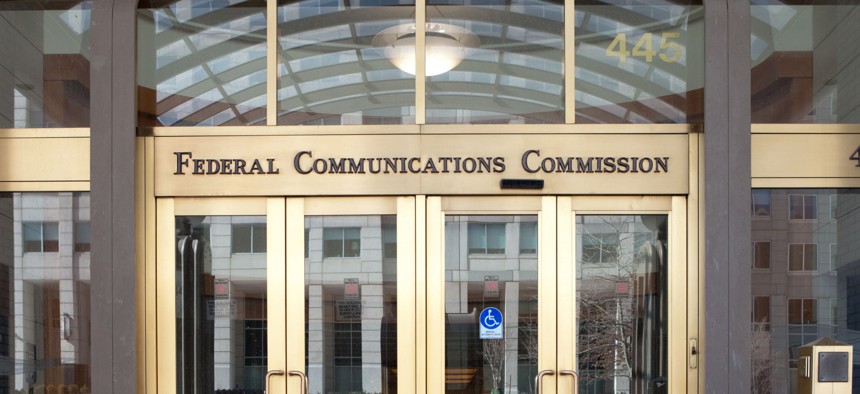Trump’s New FCC Chair Has a Plan to Target State and Local Authority

Shutterstock
Pai’s Digital Empowerment Agenda is a free marketer’s new age dream.
President Trump last week announced that he tapped Federal Communications Commissioner Ajit Pai to chair the agency. While Pai is a familiar face on the commission, confirmed by the Senate back in May 2012, his ascendency to the chairmanship likely marks a significant change in the way the commission will be run. For state and local governments, it could mean a significant change in their relationship with the FCC, which at times may become combative over state and local authority.
Over the last year, Pai has been touting his “Digital Empowerment Agenda” as a blueprint for the nation. The agenda is an ambitious, free market brew of tax incentives and regulation elimination. As he outlined in September, Pai believes his vision will bring “high-speed broadband to economically deprived areas,” “empower consumers throughout our nation with 21st century digital opportunities,” and “promote Internet-based entrepreneurship.”
A significant cornerstone of that vision will be using the FCC’s power and influence to preempt or eliminate state and local regulations, shorten deliberations and discussions at the local level, and minimize local taxes and fees. In November, Pai gave a speech to CTIA, an organization that represents the wireless communications industry.
He stated:
“First, the FCC must aggressively use its statutory authority to ensure that local governments don’t stand in the way of broadband deployment. In section 253 of the Communications Act, for example, Congress gave the Commission the express authority to preempt any state or local regulation that prohibits or has the effect of prohibiting the ability of any entity to provide wired or wireless service. We should use it.”
To that end, Pai’s Digital Empowerment Agenda focuses on pairing tax and wireless spectrum incentives with the elimination of regulation and fees at all levels of government. The goal is to make it easy and highly profitable for broadband companies to deploy cell towers and broadband cables.
The flip side of this proposal is greater restrictions on state and local governments will likely allow telecommunications providers to sidestep state and local authority and citizens’ concerns. State and local governments regulate when and how a company puts wires in the ground or on telephone poles, as well as how and where cell phone towers are placed. It allows them to ensure that cable and internet companies don’t just lay wires in rich neighborhoods, and cell towers are not placed in scenic town square vistas.
Pai’s plan sets the commission on a collision course with advocates of state and local government authority.
“Many cities are pursuing smart infrastructure and improved connectivity, but not at the cost of the safety or quality of life for their residents,” Angelina Panettieri, principal associate for technology and communications at the National League of Cities, explained to Route Fifty. “Cities ensure that new structures are built in safe locations ... that proposed attachments can be supported safely by existing poles or streetlights that weren’t built with those uses in mind, and that antennas don’t interfere with fire or police communications. They also make sure that any equipment placed on the ground doesn’t obstruct sidewalks in a way that would violate accessibility requirements. Cities may also have environmental or aesthetic standards to maintain.”
The FCC is currently seeking public comment to “develop a factual record that will help us assess whether and to what extent the process of local land-use authorities’ review of siting applications is hindering, or is likely to hinder, the deployment of wireless infrastructure.” This is essentially an opportunity for the industry to ask the FCC to limit the costs cities and counties charge, as well as their authority to delay construction as they deliberate over how and where cell towers and other infrastructure is constructed.
Based on Pai’s past positions and Digital Empowerment Agenda, telecom industry requests for limits on state and local authority and fees are likely to receive a warm reception under the new chairman’s leadership.
Pai’s office did not respond to Route Fifty’s request for a comment.
Mitch Herckis is Senior Program Director for Government Executive’s Route Fifty and is based in Washington, D.C.
NEXT STORY: State Procurement Officers Release Priorities for 2017






